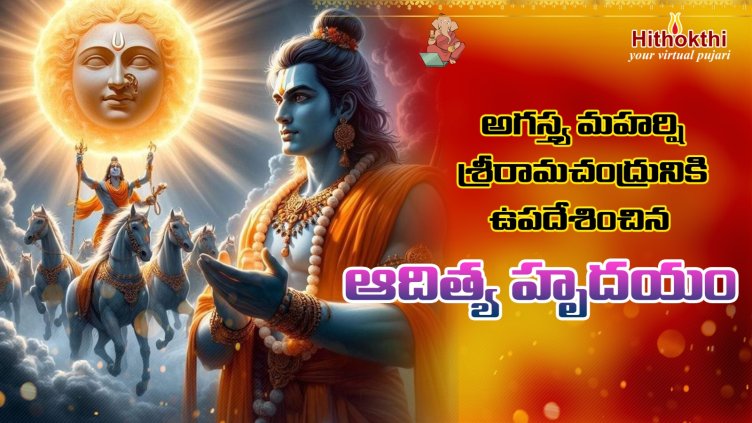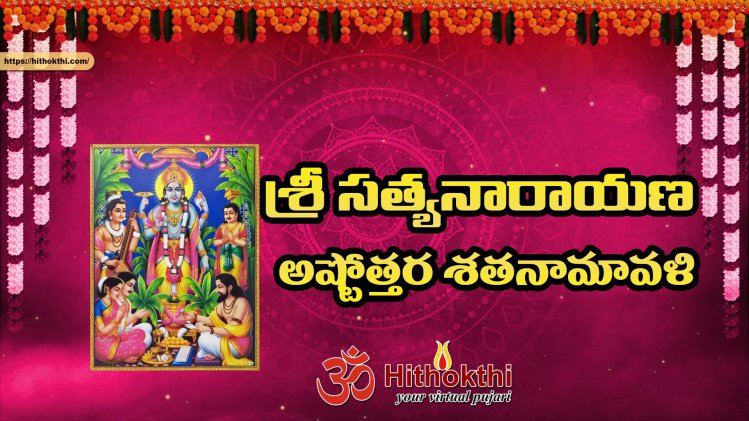Holy Dialogue(Pravachana vakhyalu):
January 17th, 2014: In Hinduism, these rituals are always meant to inculcate feelings of devotion and to bring about the divine orientation of human life. As a part of his householder’s responsibilities, a devout Hindu is expected to perform certain rituals every day starting from morning till evening. These rituals include: making offerings to the gods, to all beings, and to the departed souls especially before partaking any food, showing hospitality to others and continuous remembrance of God through recitation of the Vedas or some holy scripture.
In addition, the householder is expected to perform oblations both in the morning and in the evening. The morning rituals include bathing or physical self-purification, offering prayers to the Sun, chanting the Gayatri mantra, applying certain specific religious marks on the body etc. The marks would differ from person to person depending upon whether the individual belongs to Saivite or Vaishnavite sects. These rituals are meant to be performed by the householder who has chosen to lead a worldly life.
While it is a fact that most of these practices were confined to the upper castes of Hindu society in the past and many still follow them even today, though not with the same degree of devotion and enthusiasm, most of these rituals have been in recent times either discontinued or replaced by short and simple practices, reflecting the changing nature of Hindu society. The new forms of daily rituals of present day Hinduism include performance of puja, practicing meditation and yoga, recitation of holy scriptures, reading religious books, participating in satsang or visiting the company of holy men, doing some charitable work, visiting temples and holy places, or chanting of some mantra or the name of a specific god. The religious marks which the devout Hindus used to apply in the past on various parts of their body in a manner prescribed by the scriptures, have now become a rare sight and in some cases have been replaced by a simple mark called tilak either on the forehead or between the eye brows. Many modern Hindus do not wear any religious marks at all on their bodies, or are shy of wearing them, though the women still sport a tilak on their foreheads. It is however not entirely incorrect to say that many of them do so out of habit and as a part of make-up rather than out of any specific religious consideration. The trend is catching up in the west also and many wear tilak as a matter of fashion not knowing its true spiritual significance.
--- Excerpts from Sri Garikipati Narasimha Rao’s preaching







